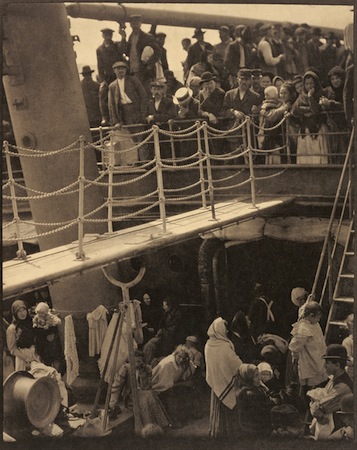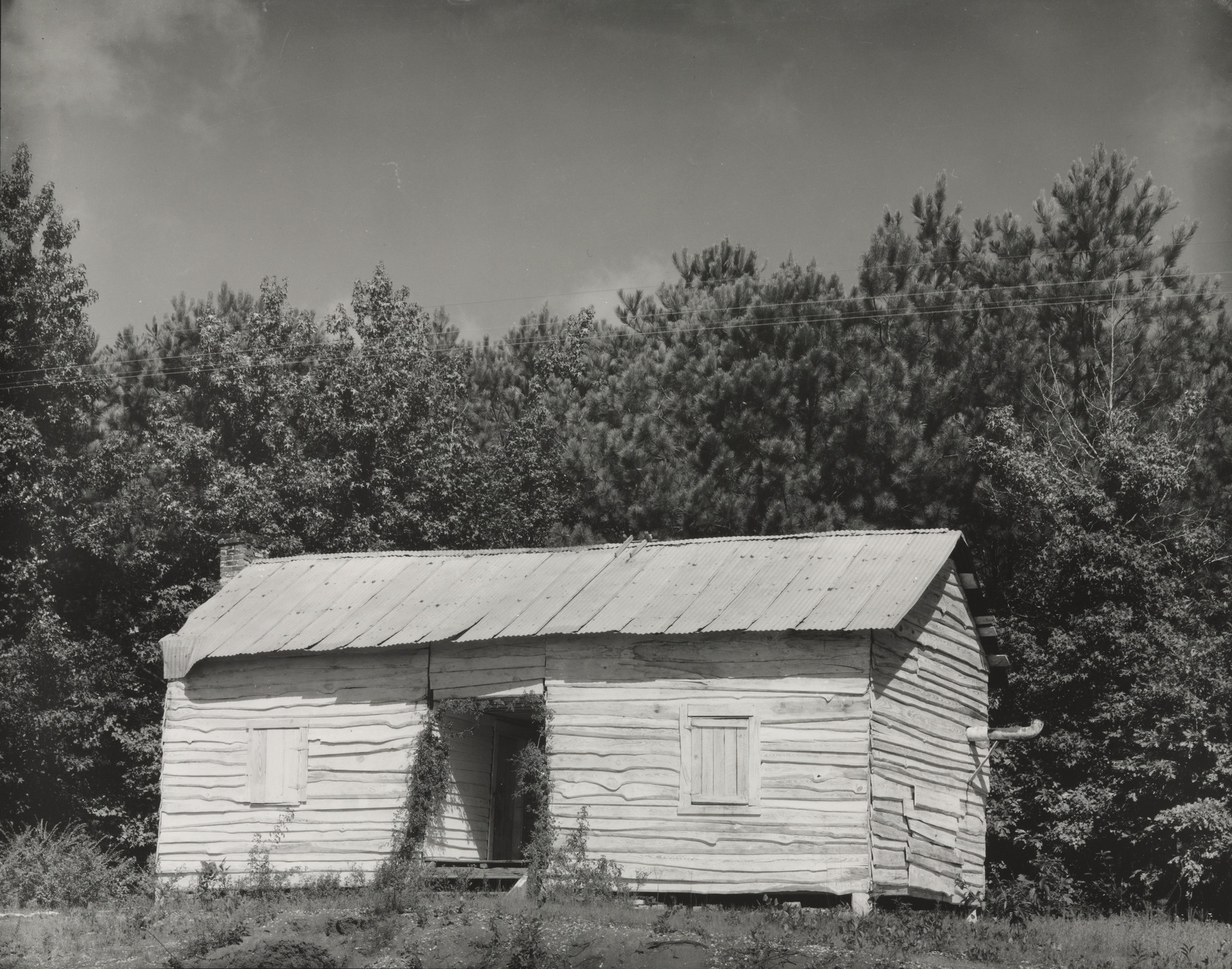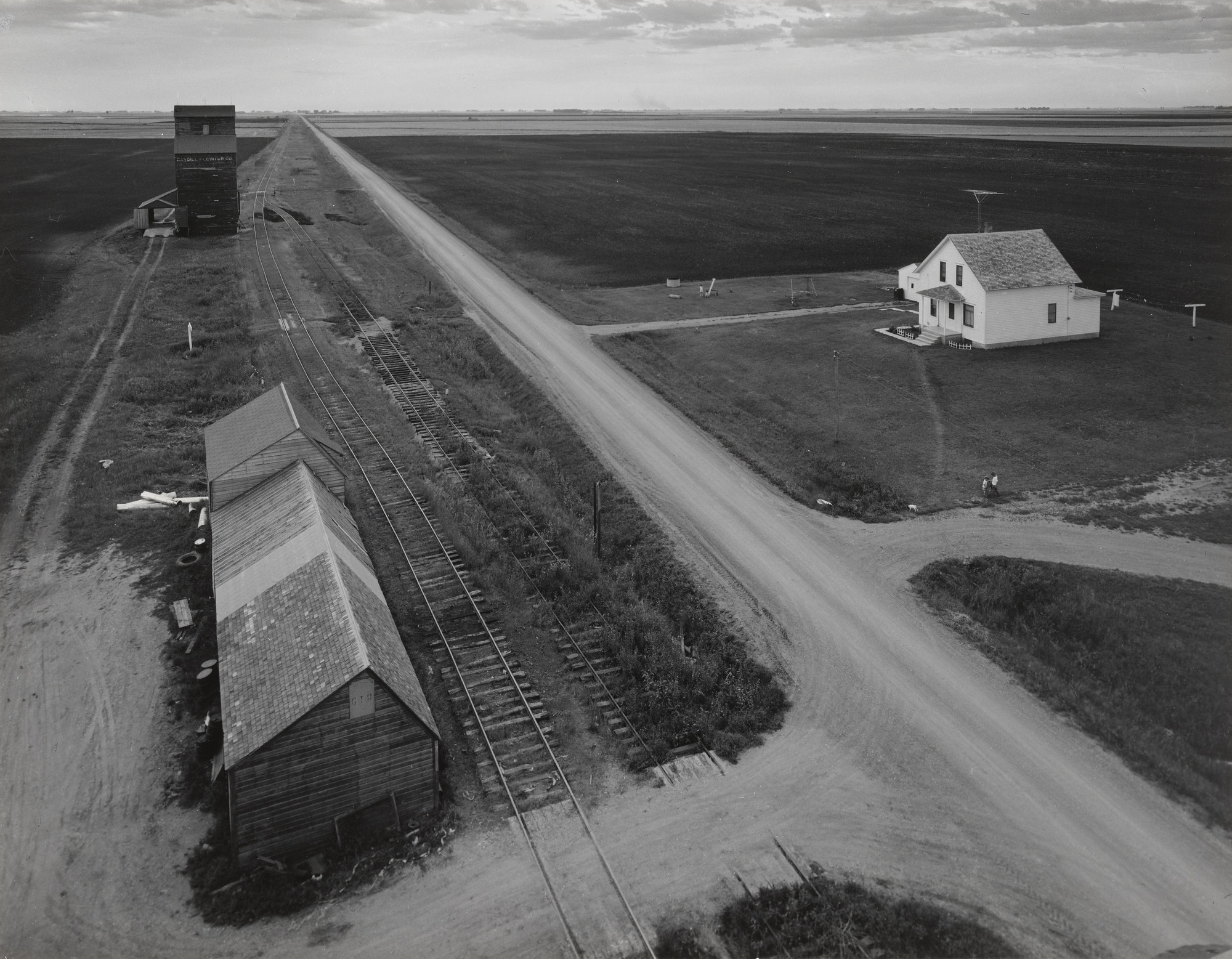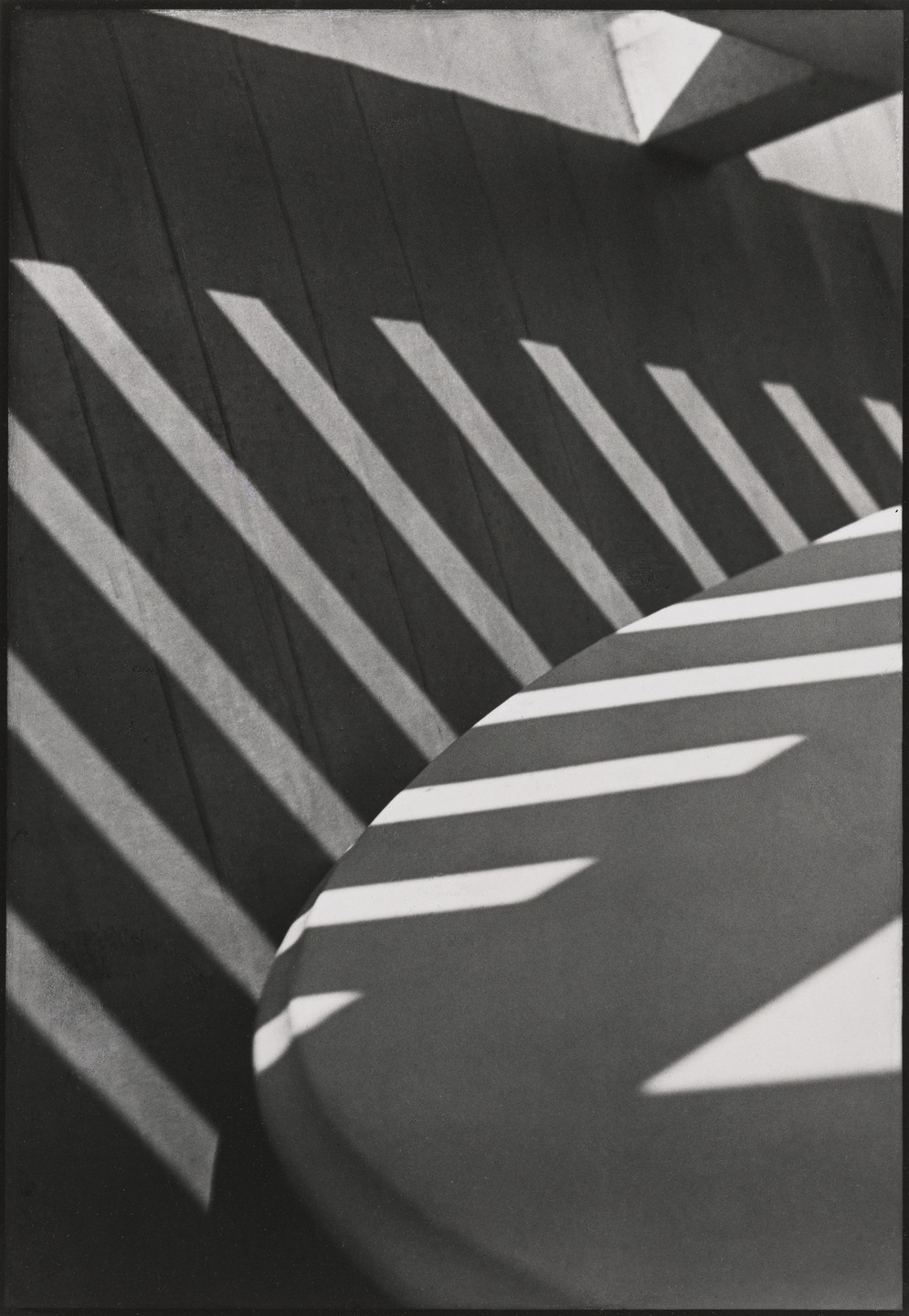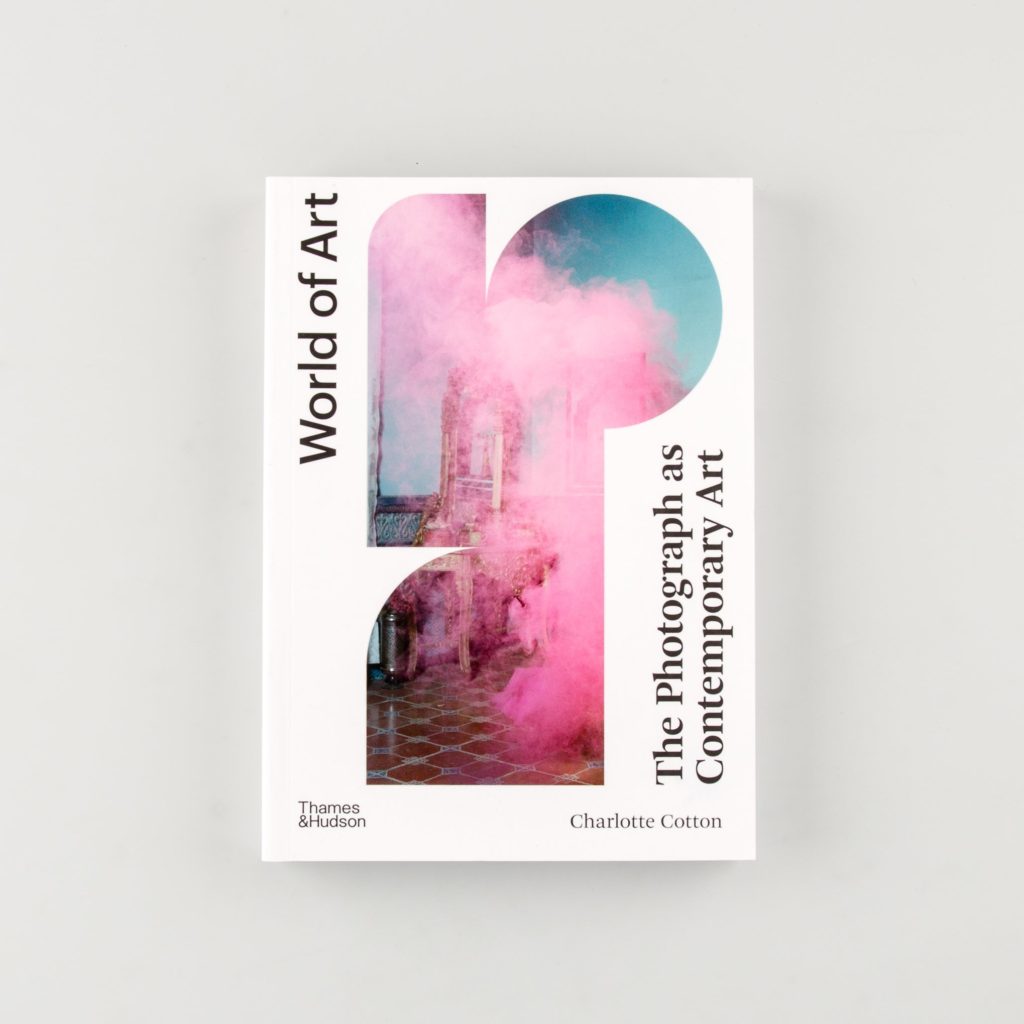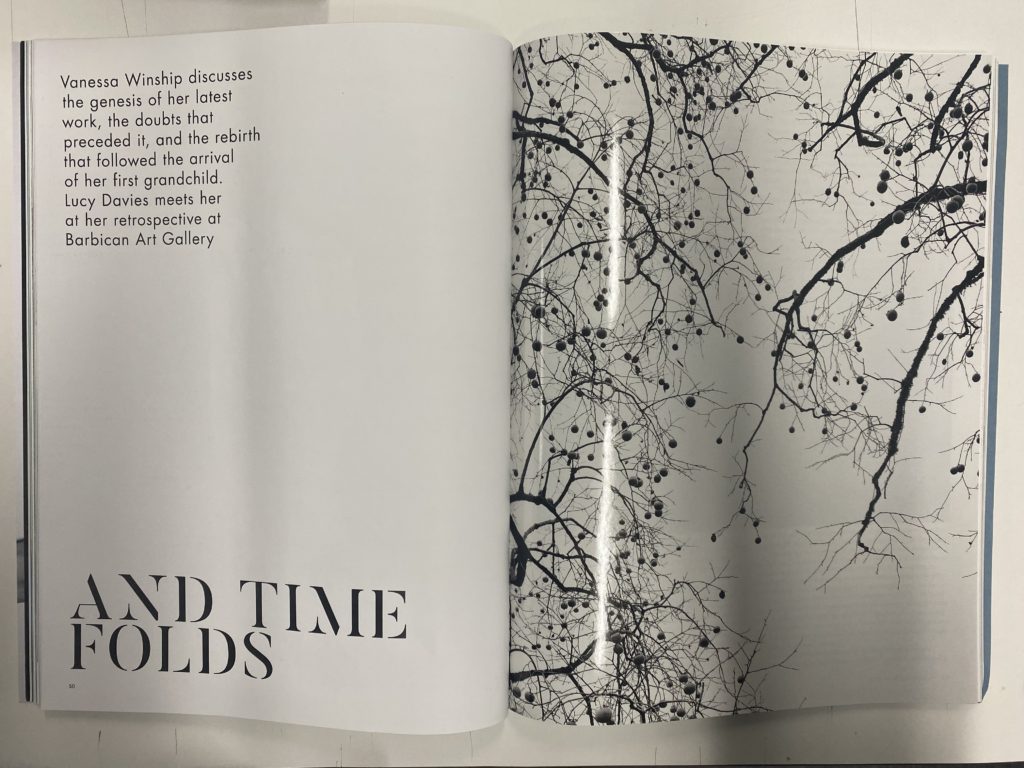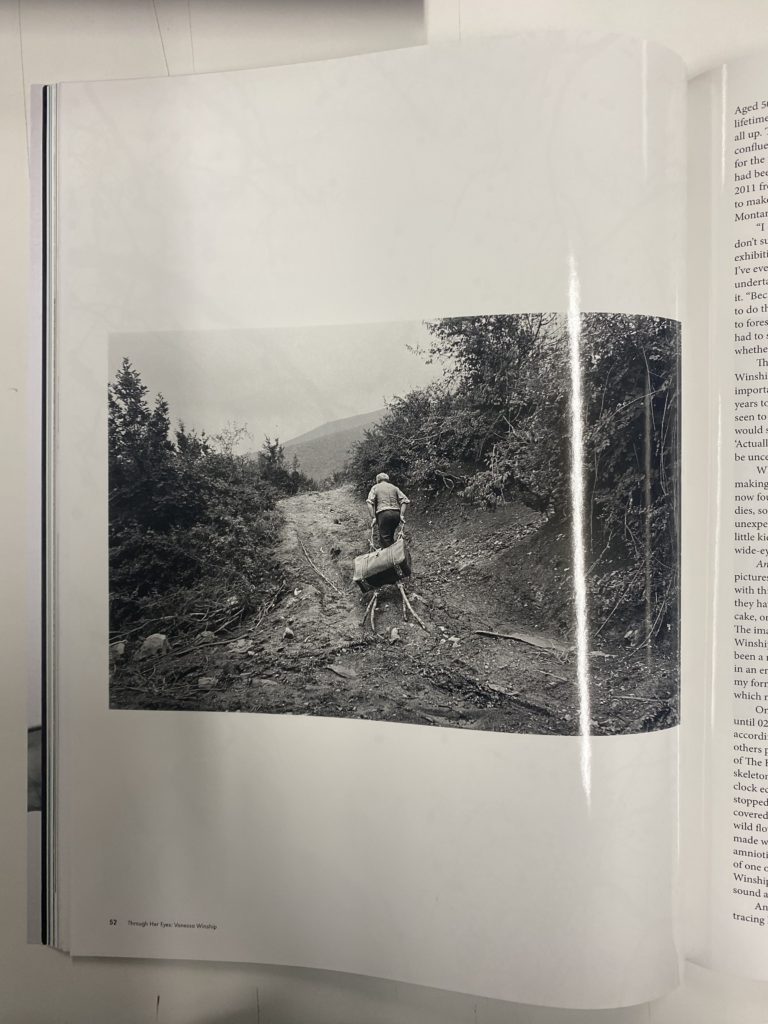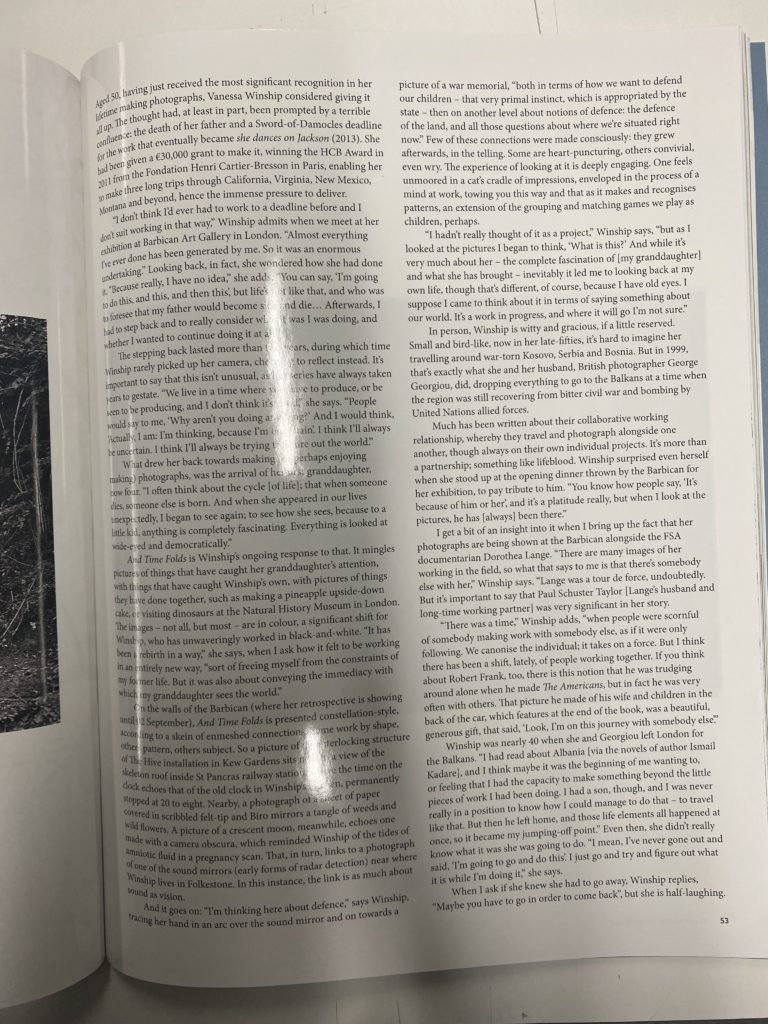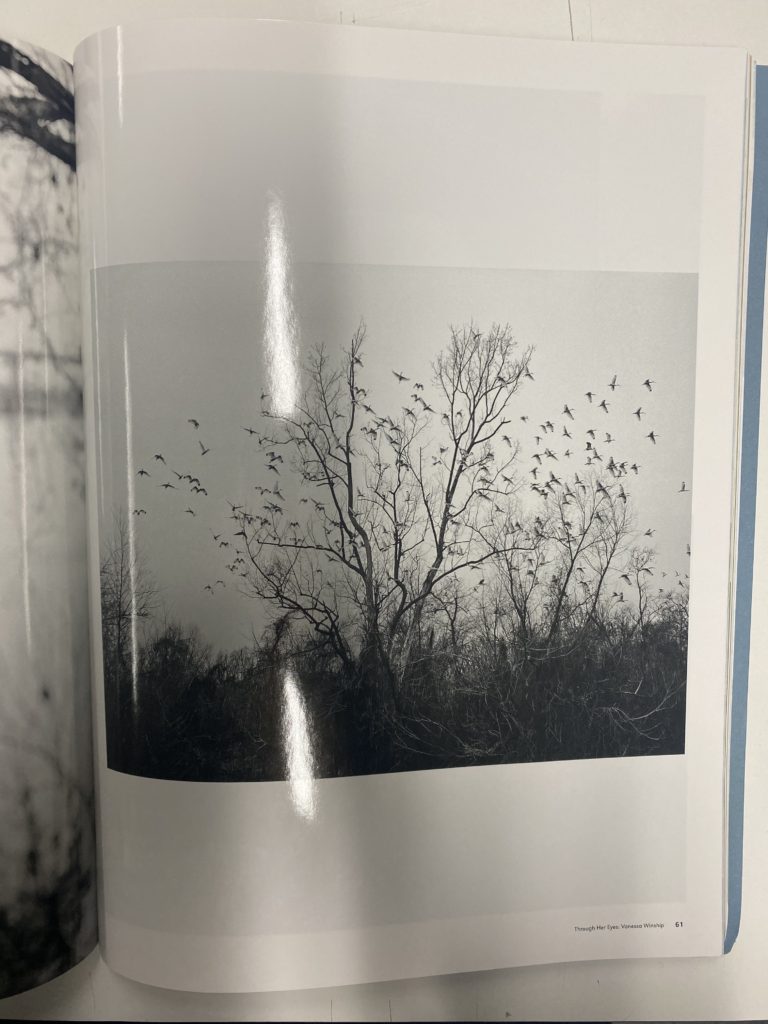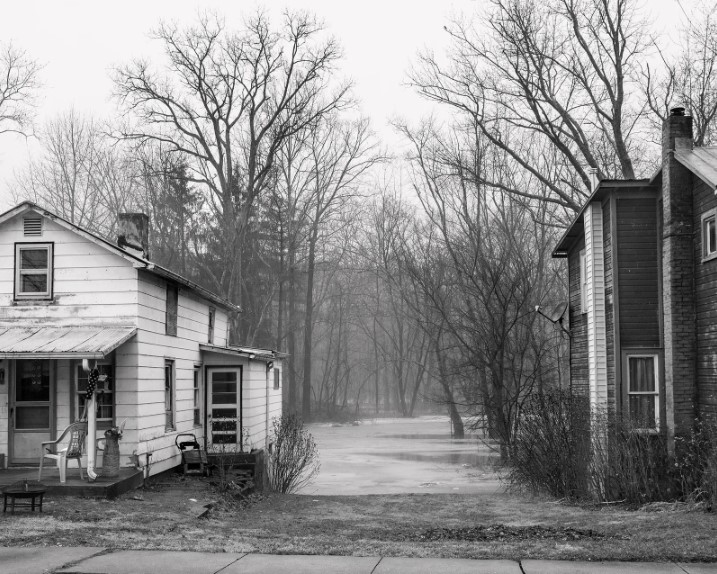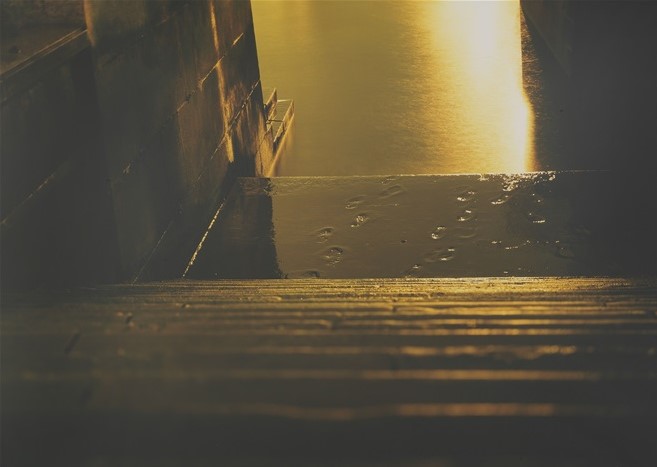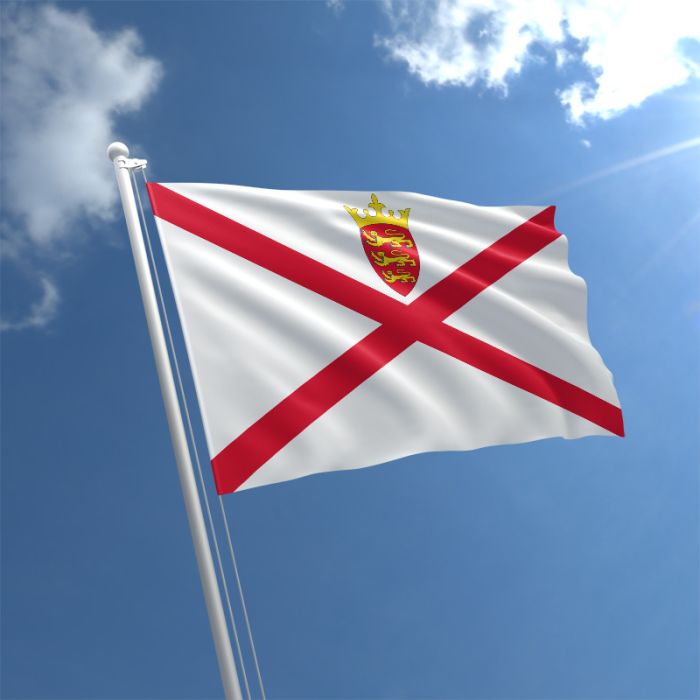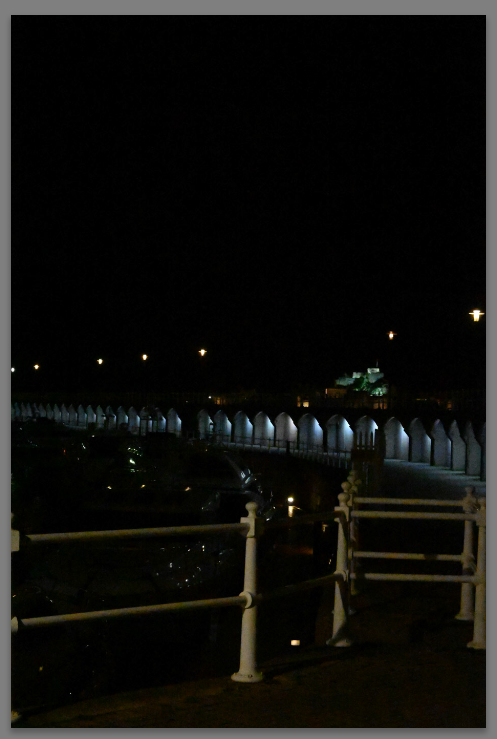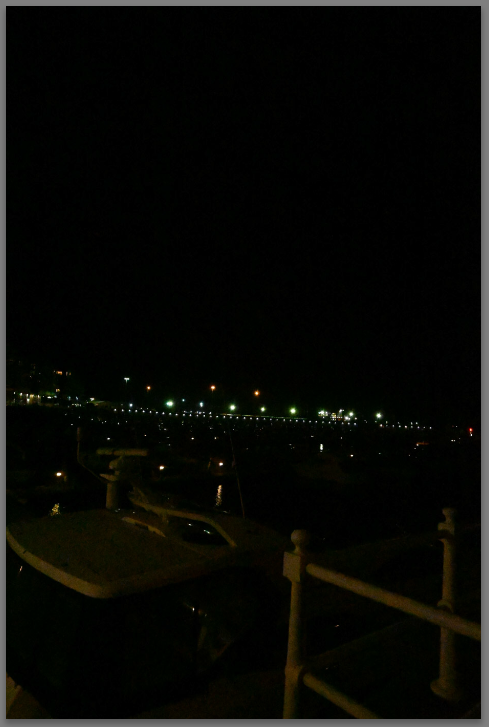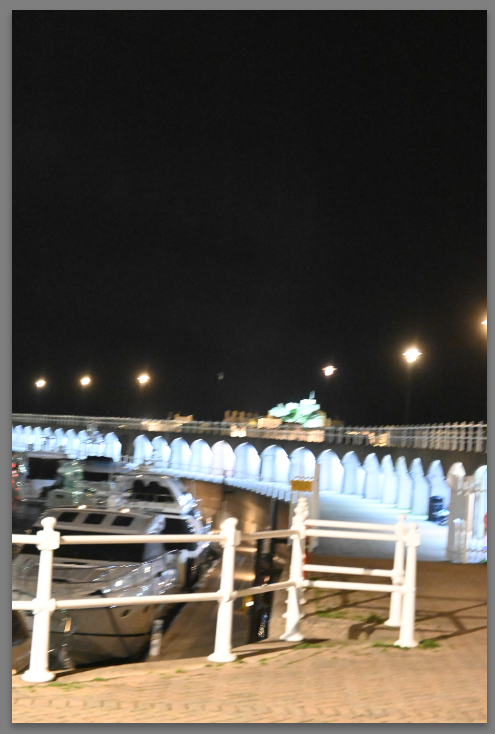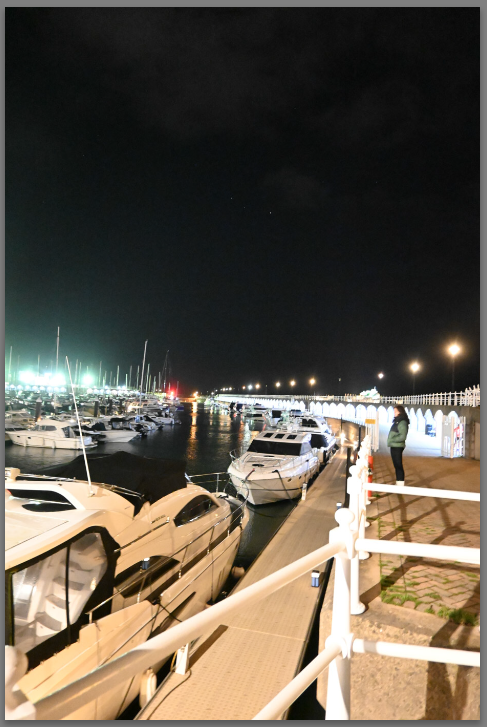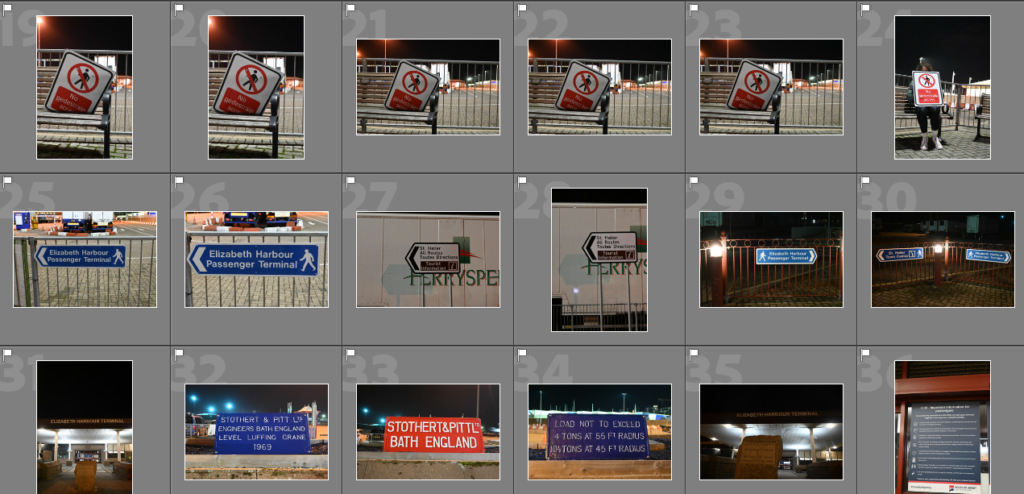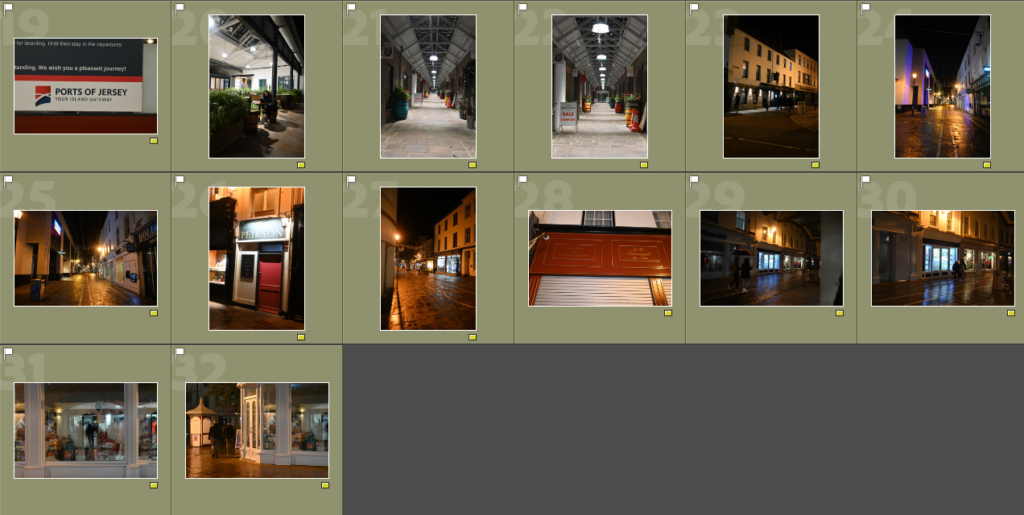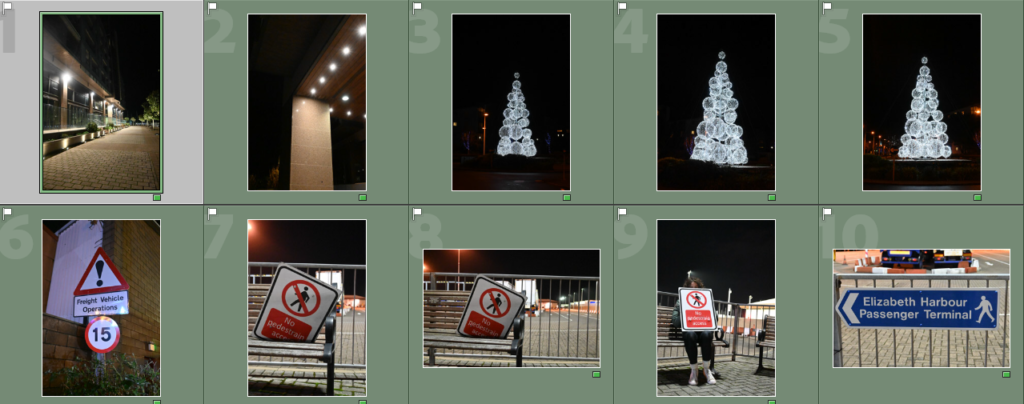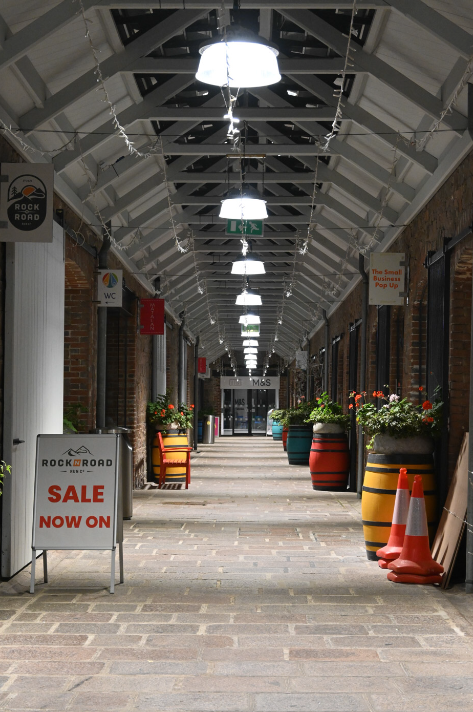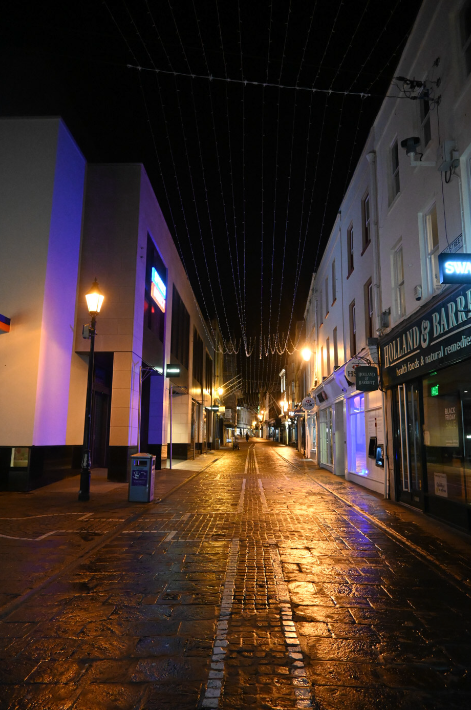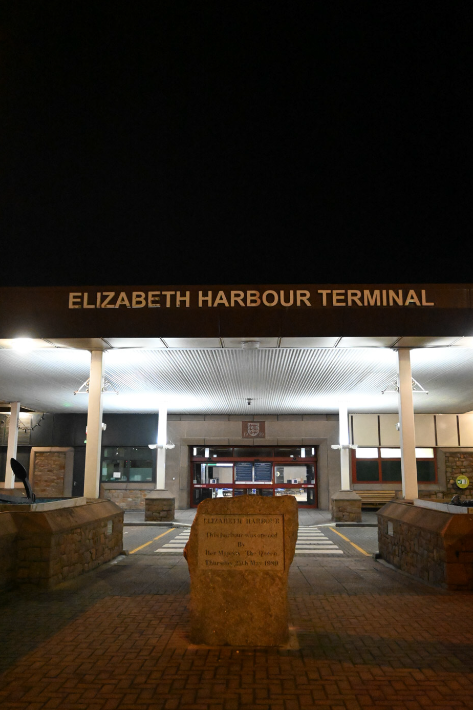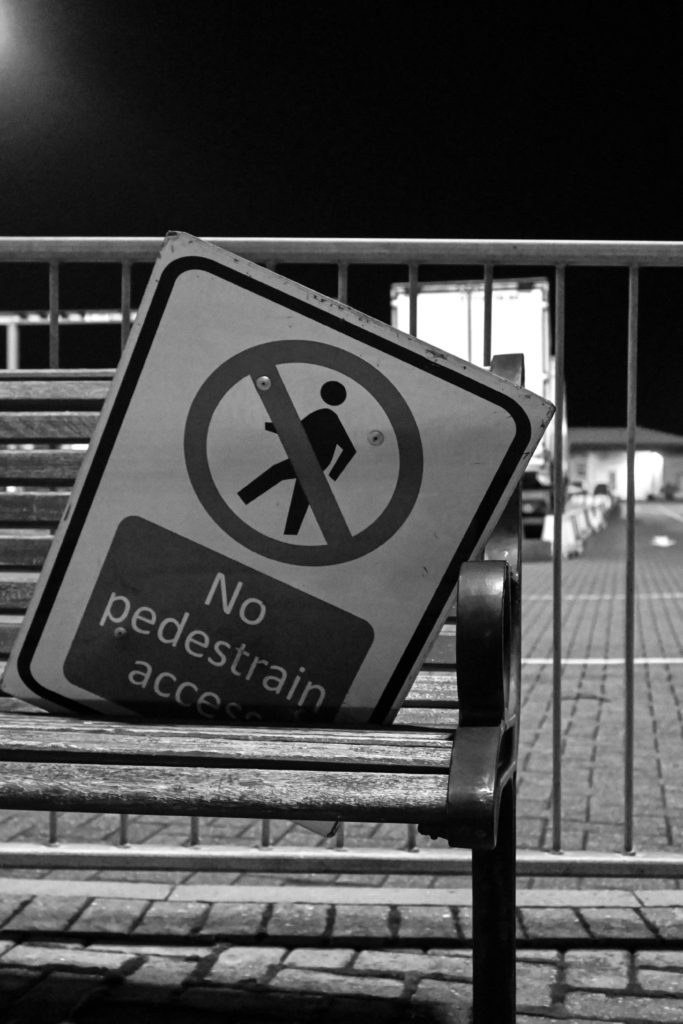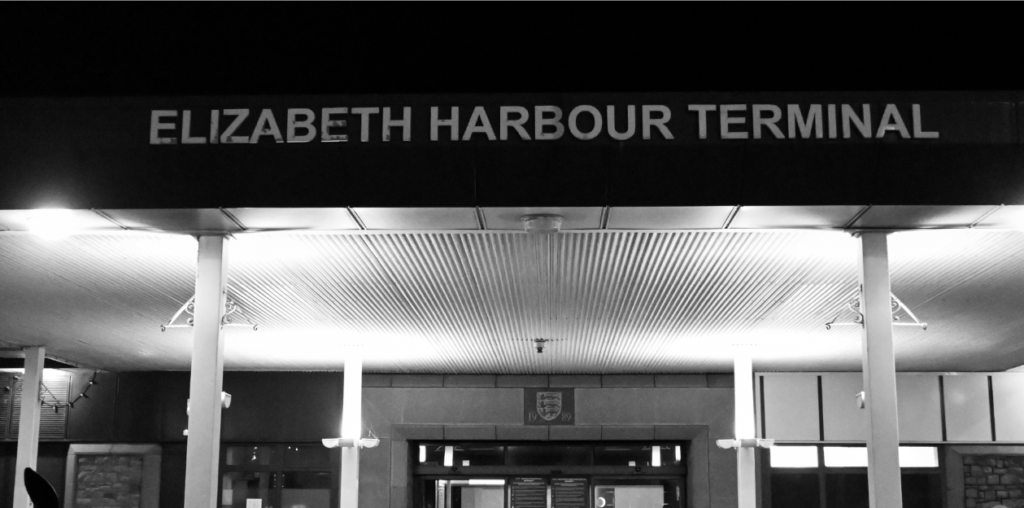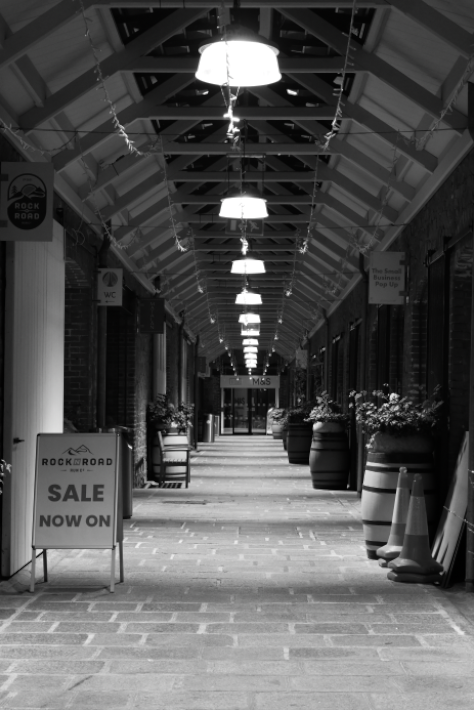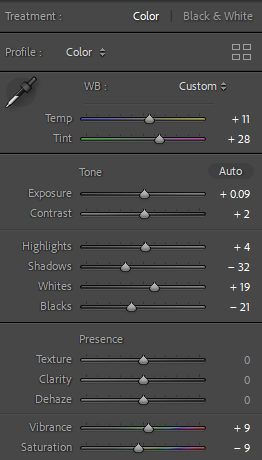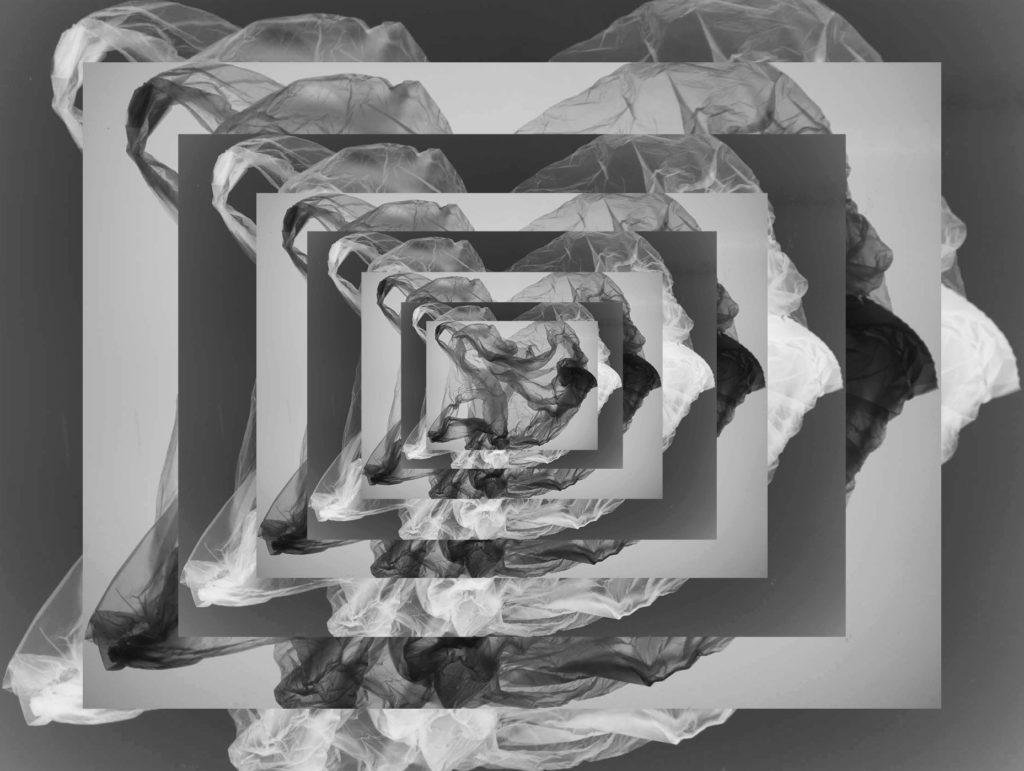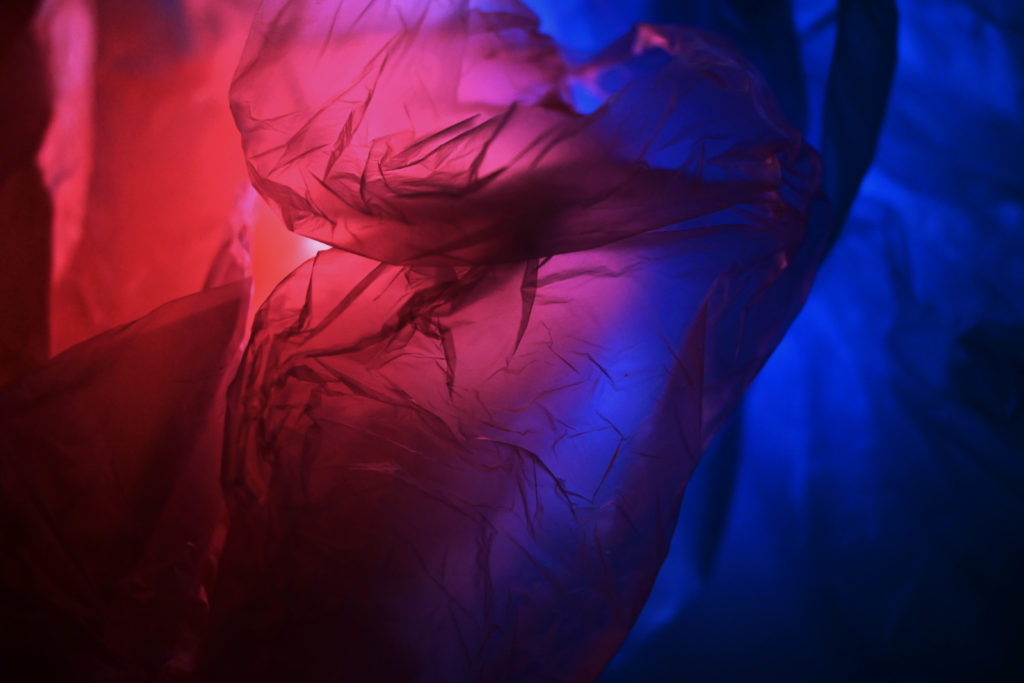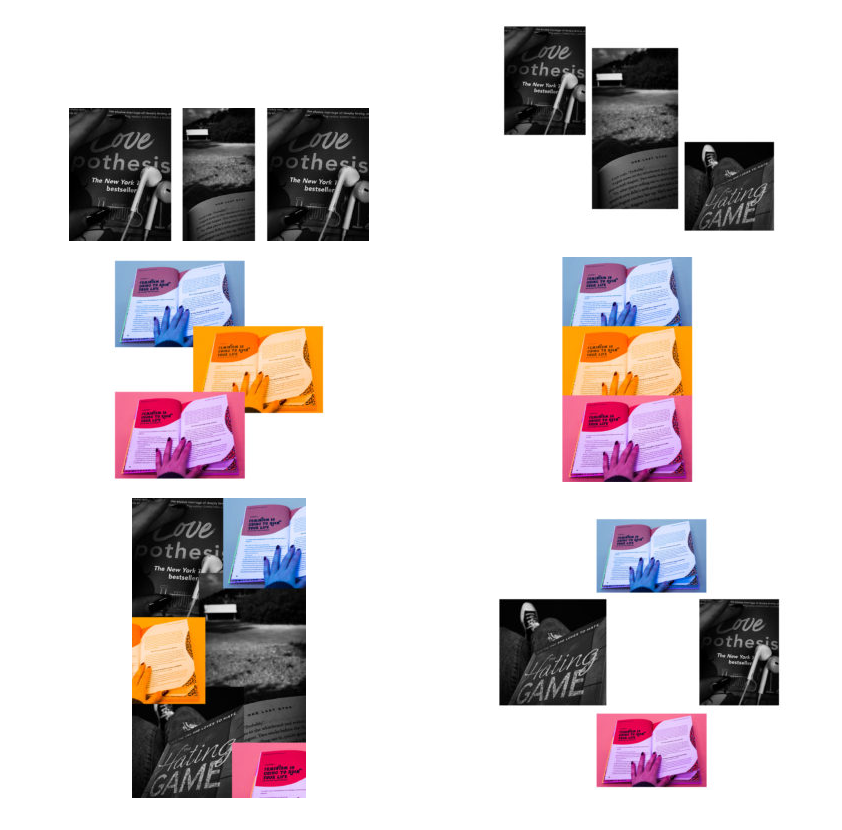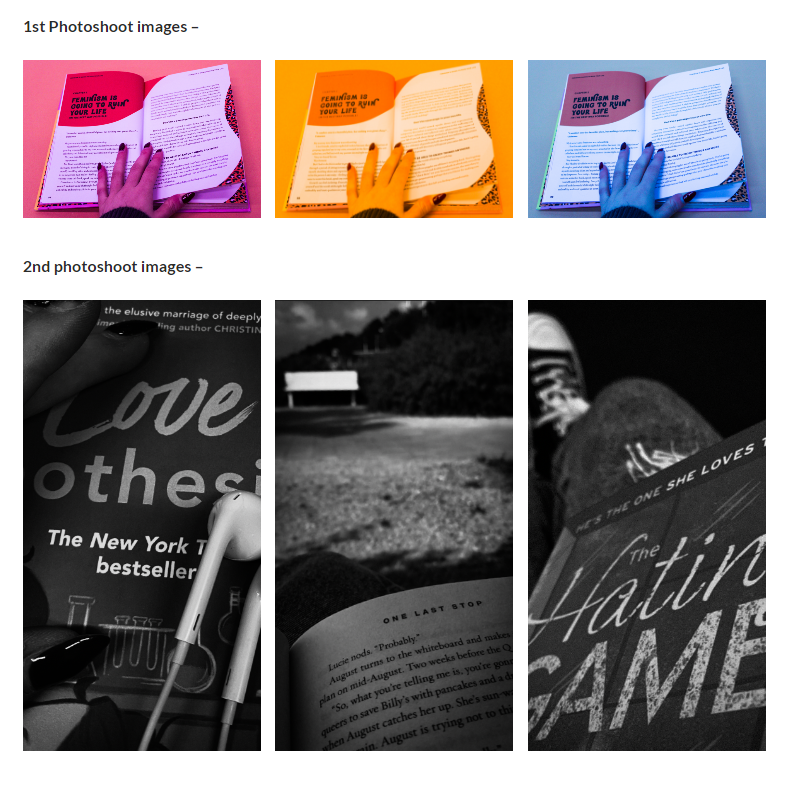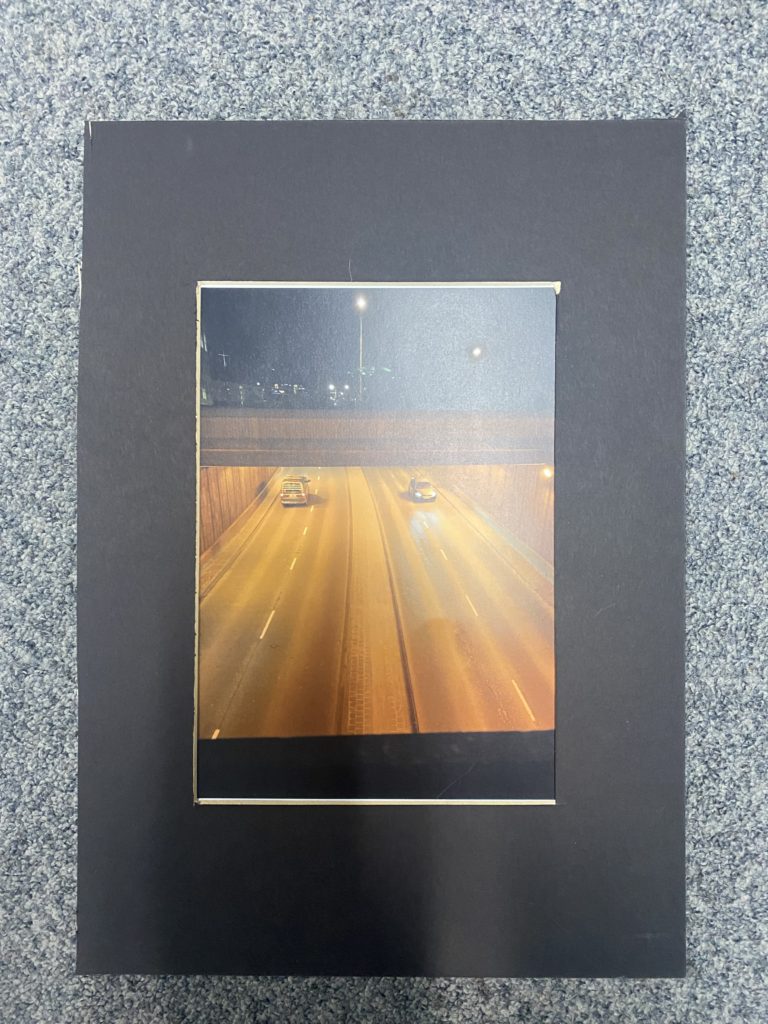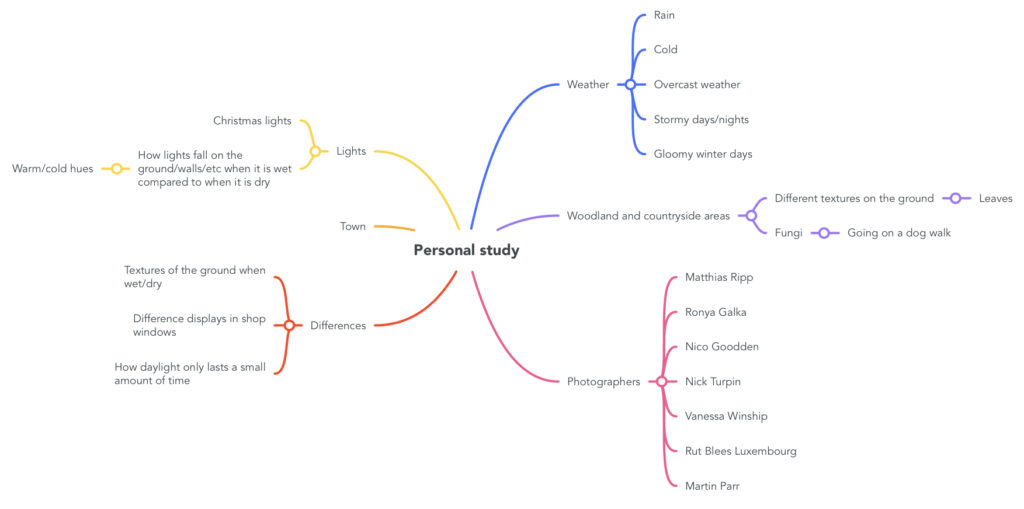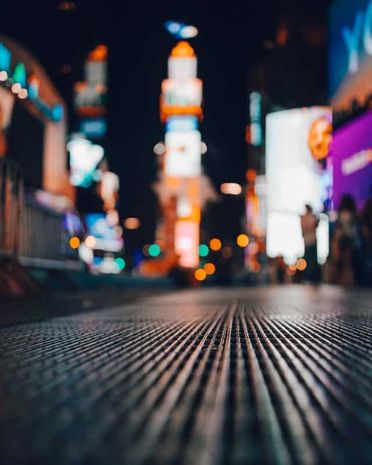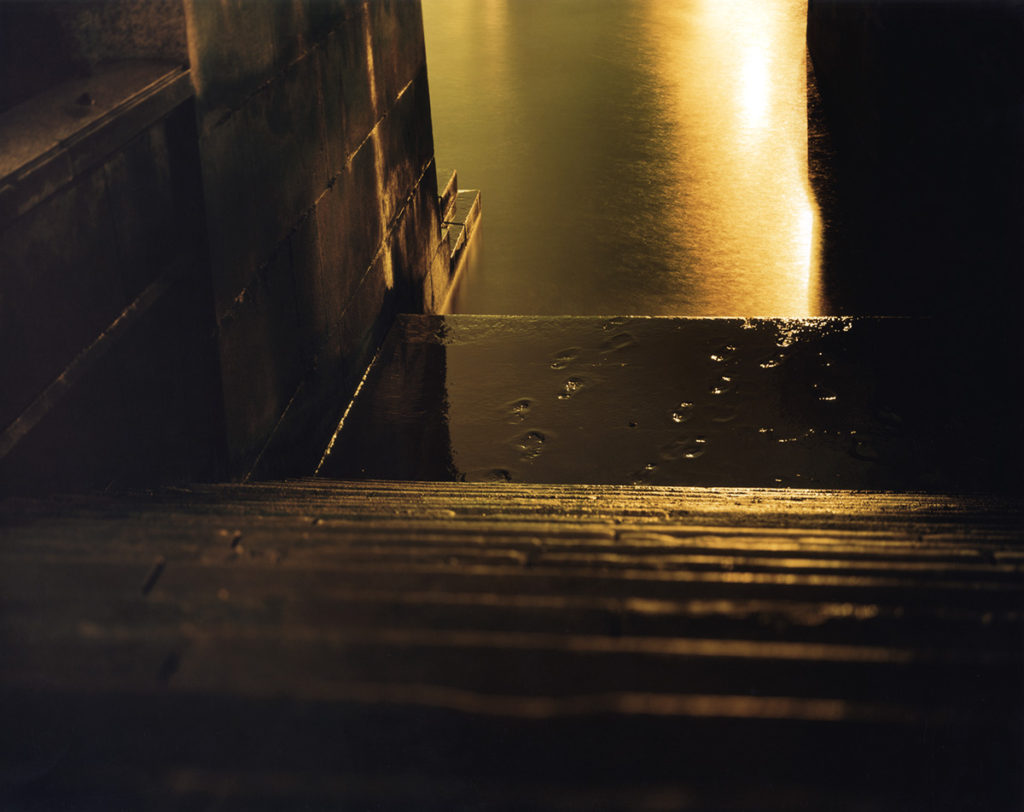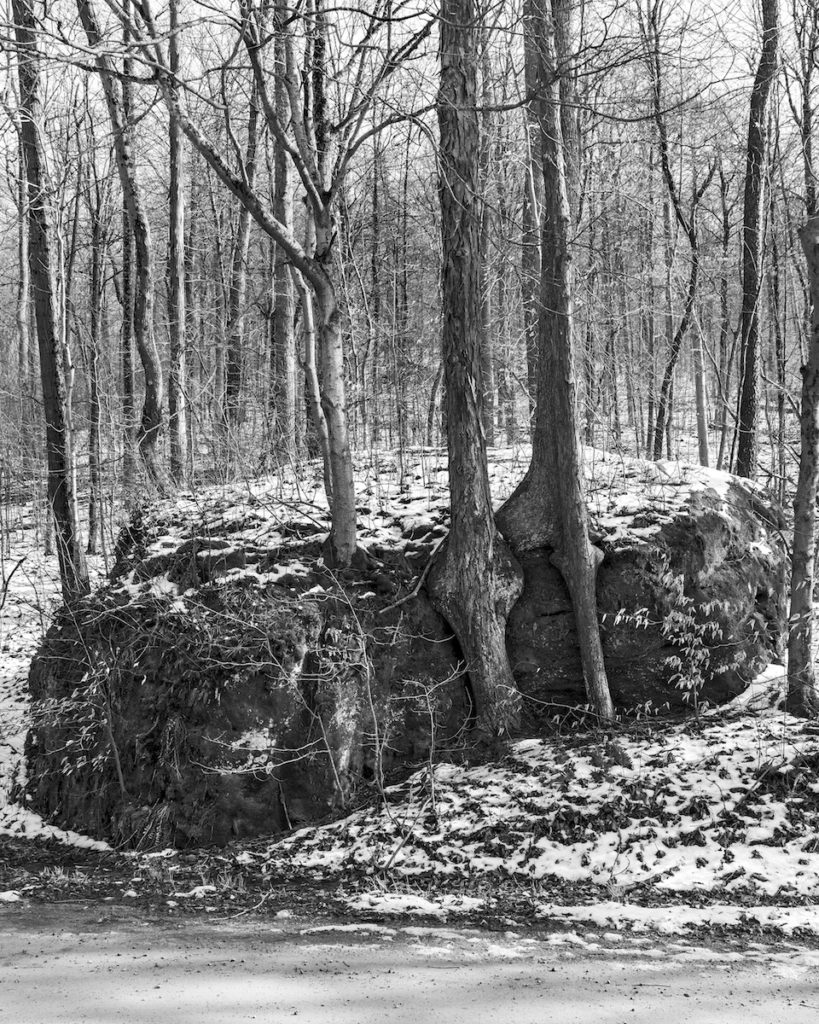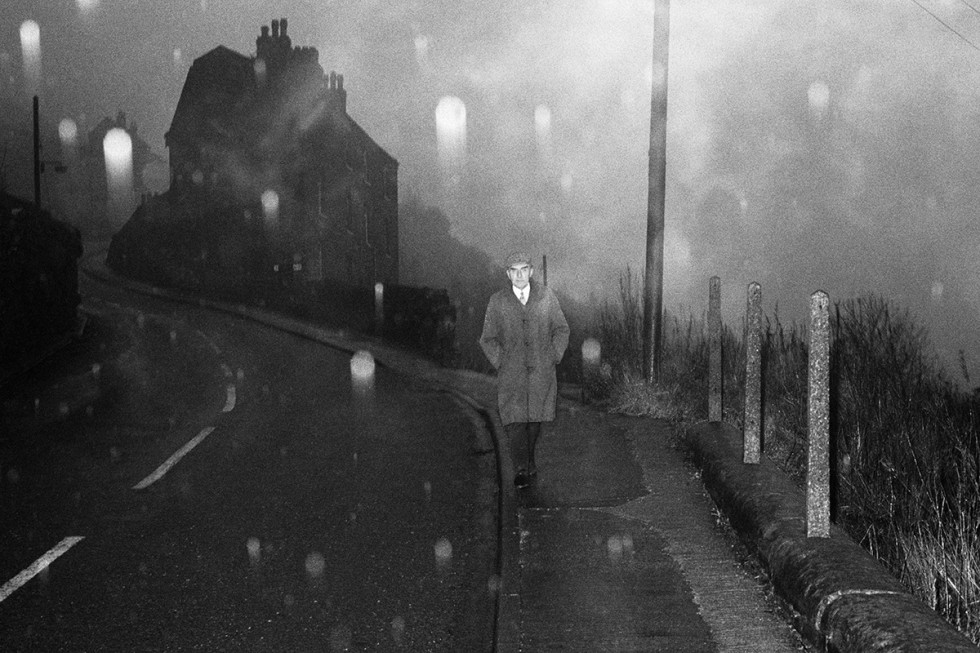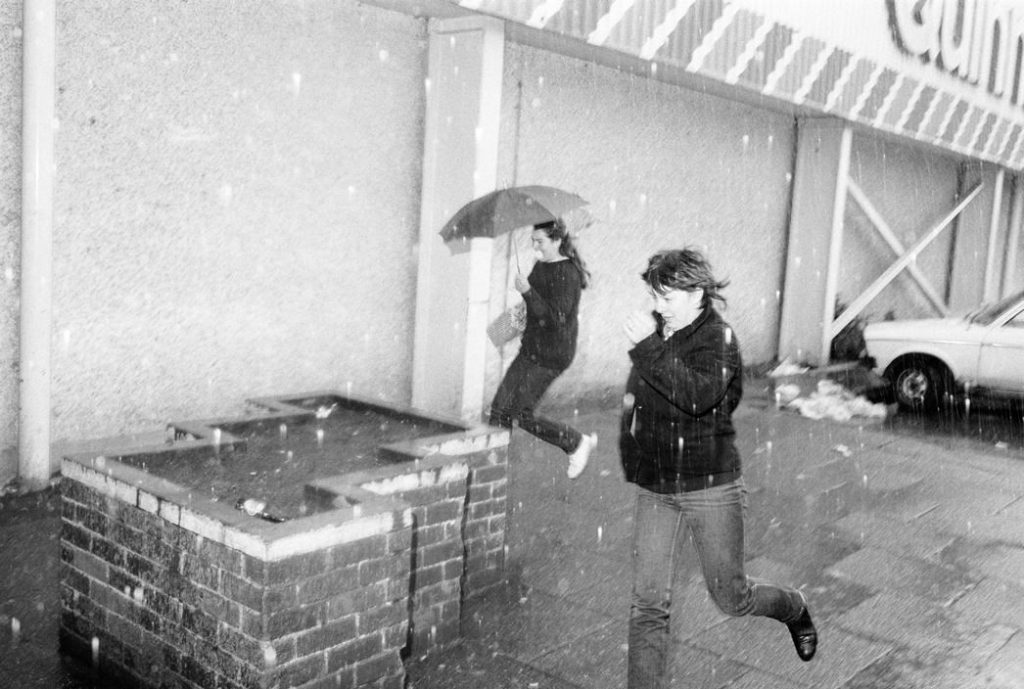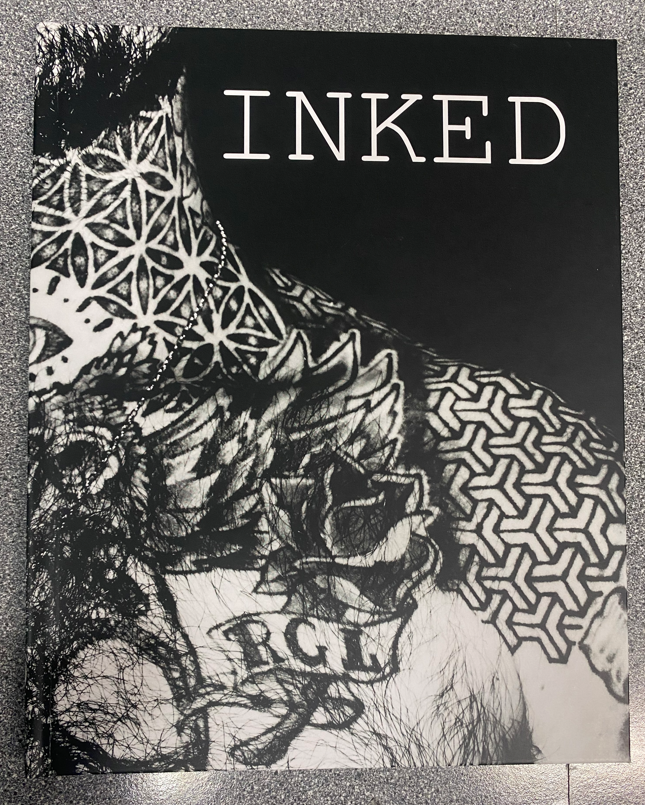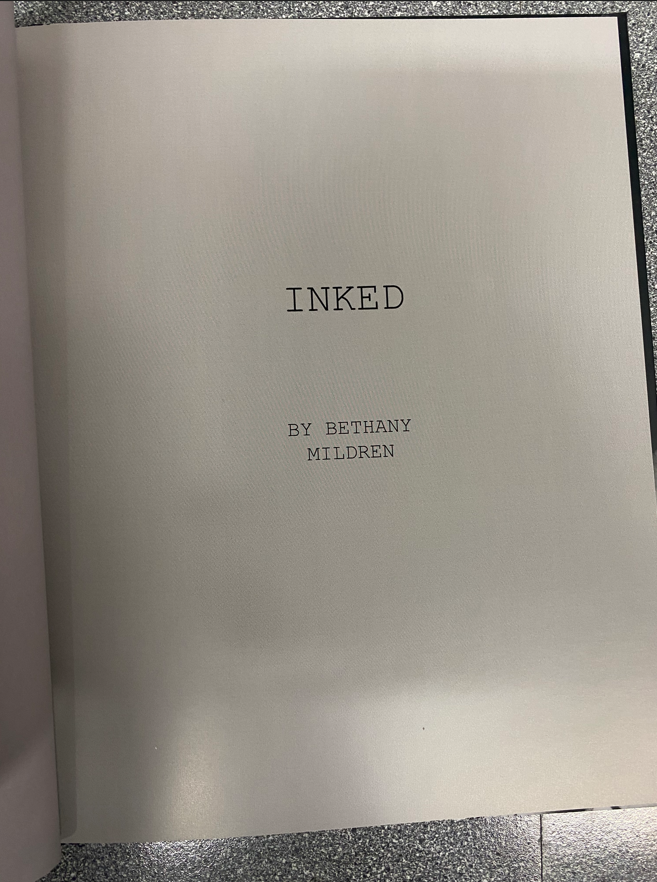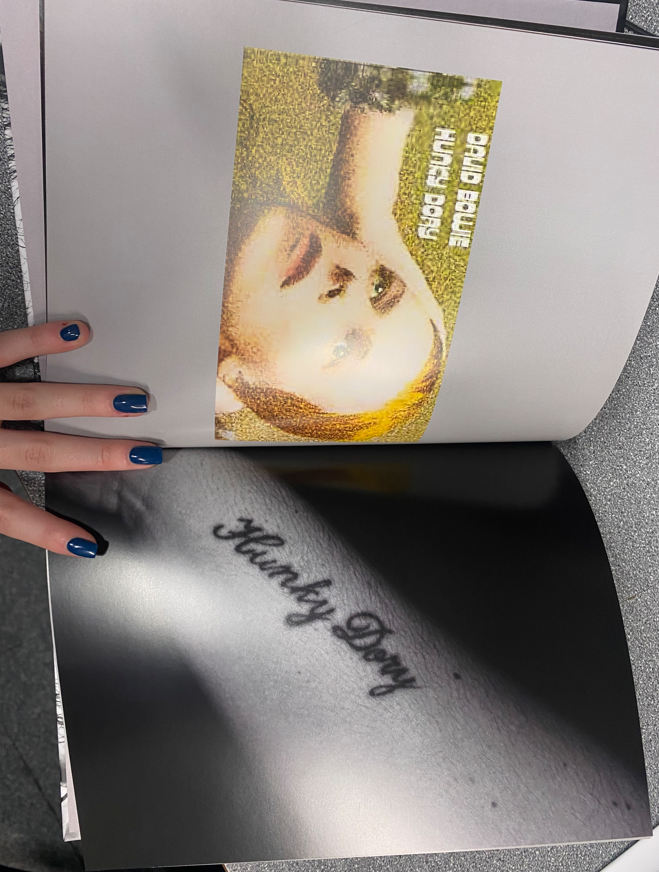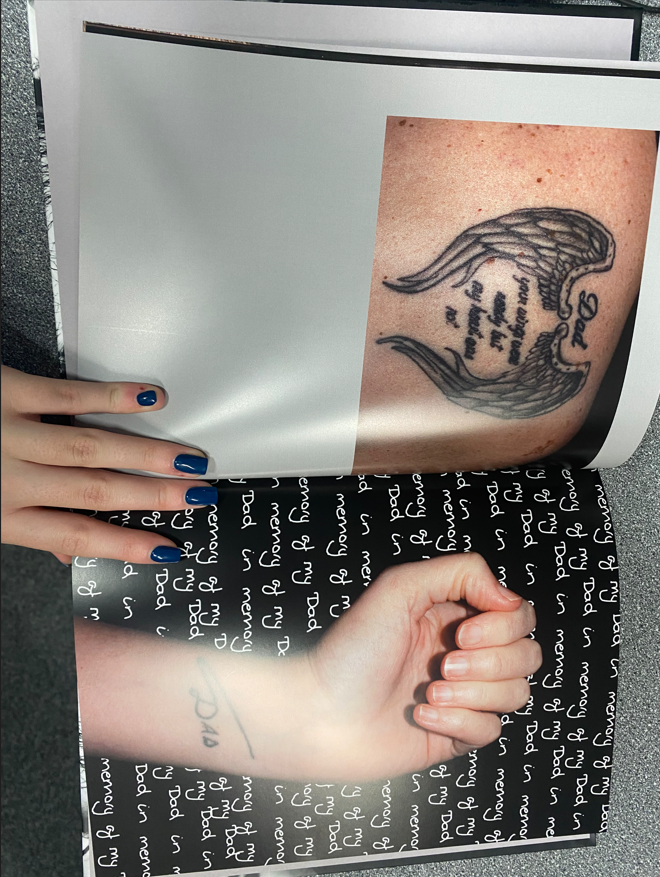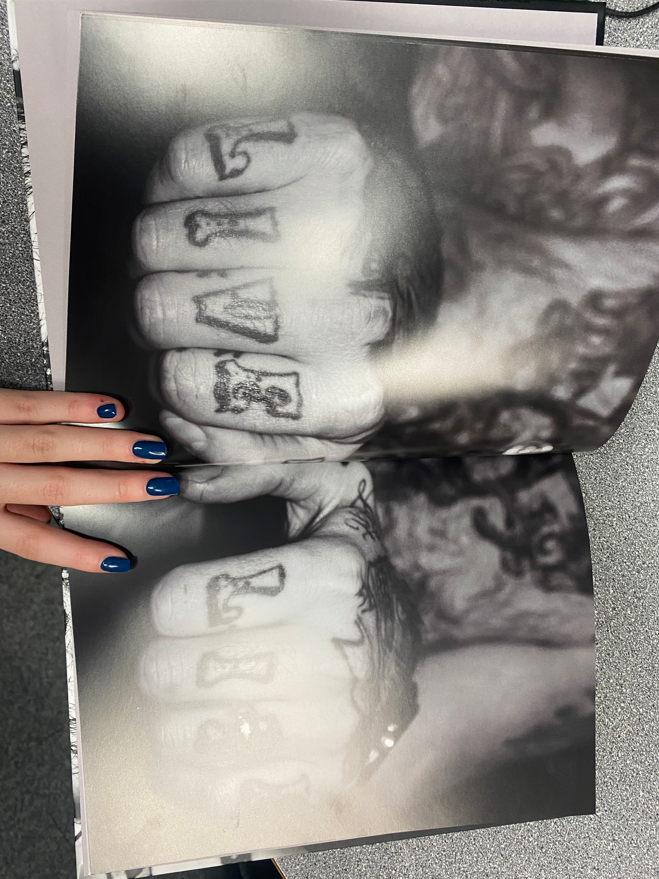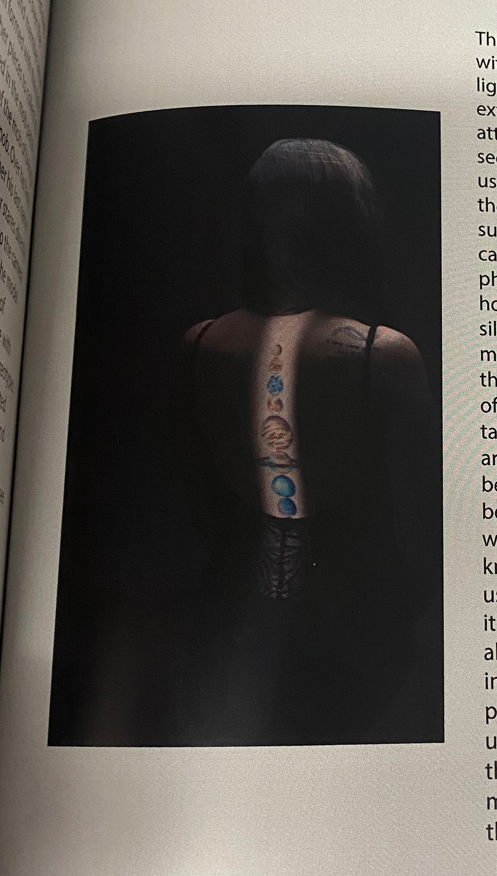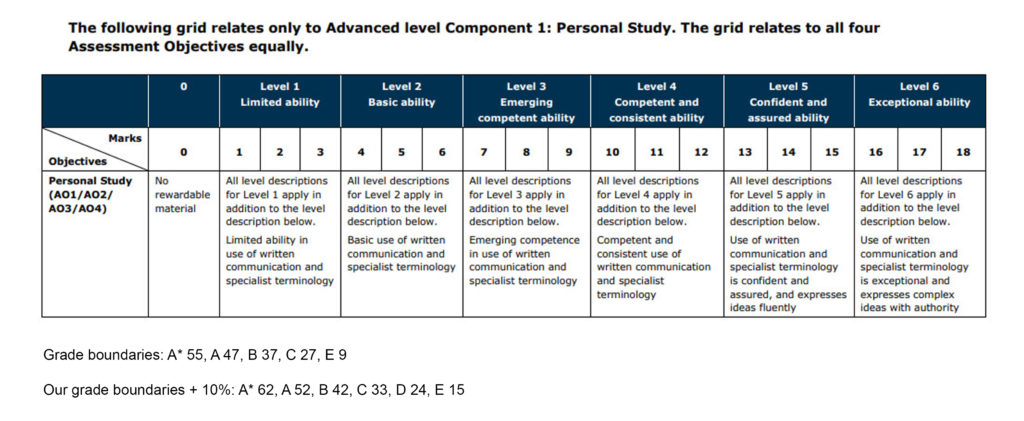What I used for reference –
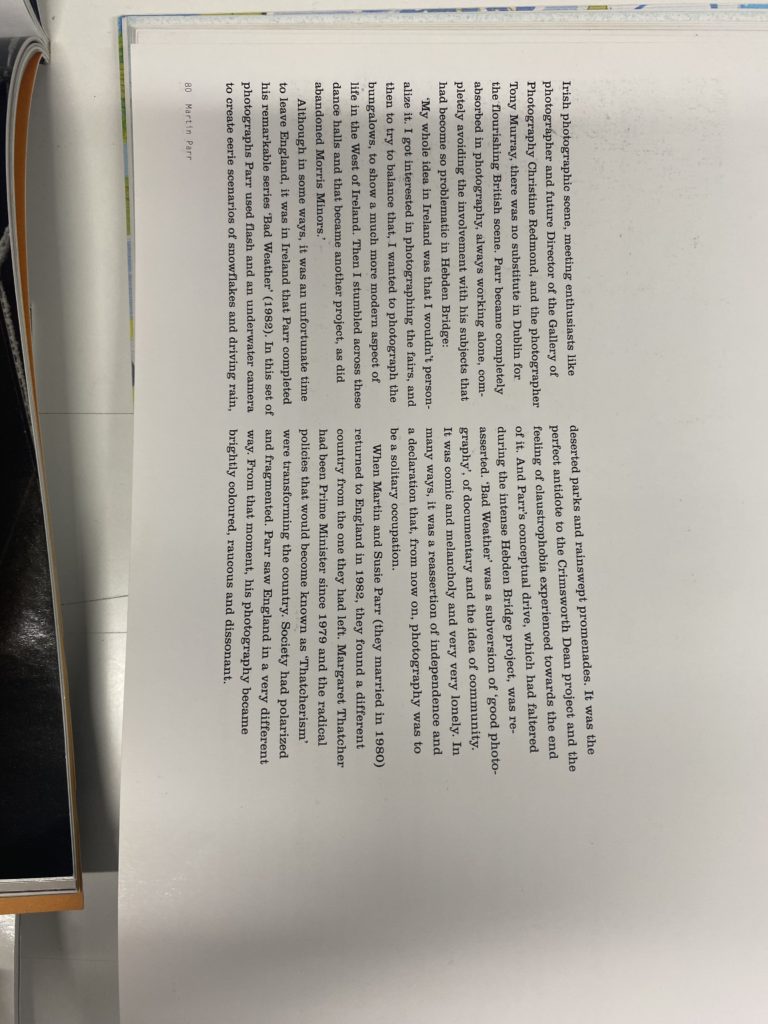



Research –
- Martin Parr is a British documentary photographer and photojournalist.
- His work consists of taking a intimate and anthropological look on modern life, this can be seen in his projects where he has documented the wealth and social classis of England and the Western world.
- Since 1994, Parr has been a memeber of Magnum photos, where he has been able to publish 40 solo photobooks ans be featured in up to 0 exhibitions worldwide such as in London, 2002.
- In 2014, the Martin Parr foundation was also founded and registered as a charity in 2015 where Parr’s archive is found, holding his collection of British and other photographer Irish Photography, and a gallery.


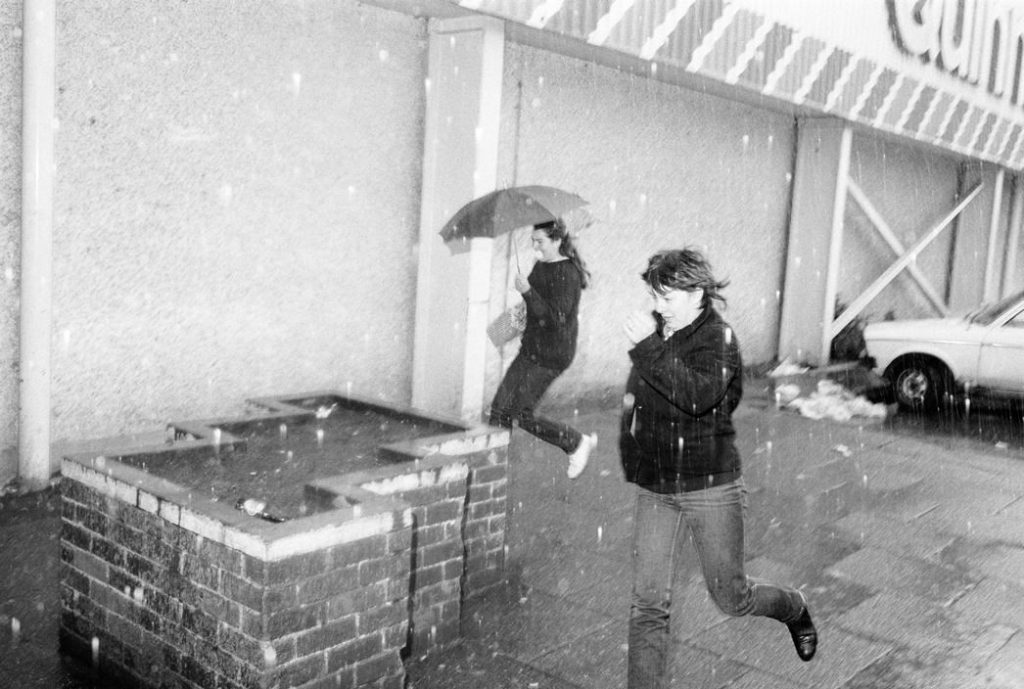
3 Key quotes –
1. “In this set of photographs Parr used flash and an underwater camera to create eerie scenarios of snowflakes and driving rain,”
I have chosen to use this quote because I think that it successfully describes the technique which Martin Parr uses within his photography to create his photos. This shows the simplicity of the technique and how easy it can be to make the weather look more extreme, creating that eerie feeling of this weather which seems as if you can’t escape it, than it already does through the use of flash photography and using an underwater camera to give the photos a distorted view within them.
2. “the feeling of claustrophobia experienced towards the end of it.”
I have chosen to use this quote because it represents how in Parr’s work he wanted to capture this feeling of claustrophobia which is created through the use of flash and underwater lens in his photography. Therefore this effect enhances that feeling of isolation as this type of weather which he explores within his photography can be linked into ties where people are unable to go out and see friends/family due to bad weather conditions and how this can make others feel.
3. “it was a reassertion of independence and a declaration that, from now on, photography was to be a solitary occupation.”
I have chosen to use this quote because I agree with how it states that photography can be seen as a solitary occupation because many photographers work is done by themselves, where they go out and produce sets of photos on a specific theme which they have thought of and wanted to create by themselves and avoid influence or plagiarism from other photographers. I also agree with how the quote states that it is a independence declaration which adds a level of freedom to being a photographer, and in a way Martin Parr’s work can be seen as the beginning of the movement of independence and representing photography as a solitary occupation which people do alone as it can be refreshing and calming.
Image analysis –

For this image which I have selected to use for my image analysis, is called “Three kinds of summer” which is a photo taken by Martin Parr apart of his ‘Bad Weather’ project. This photo shows how the techniques which have been used and described in the quote above that states “Parr used flash and an underwater camera to create eerie scenarios of snowflakes and driving rain,” and I think that this technique has been successfully used throughout his work. This is because it gives the photo this effect that the weather is almost unbearable to be in as the rain has been transformed through the use of the underwater camera to look heavier and as if the raindrops are bigger. The other focus point of this photograph is how the lady who is seen to be further back in the photograph does not have a coat on, which can suggest that the weather was unpredictable and unexpected as she put up an umbrella in a rush but doesn’t have a coat, therefore this successfully sows how Parr captures the theme of ‘Bad Weather’ throughout his work as he shows how terrible and unpredictable it can be.




